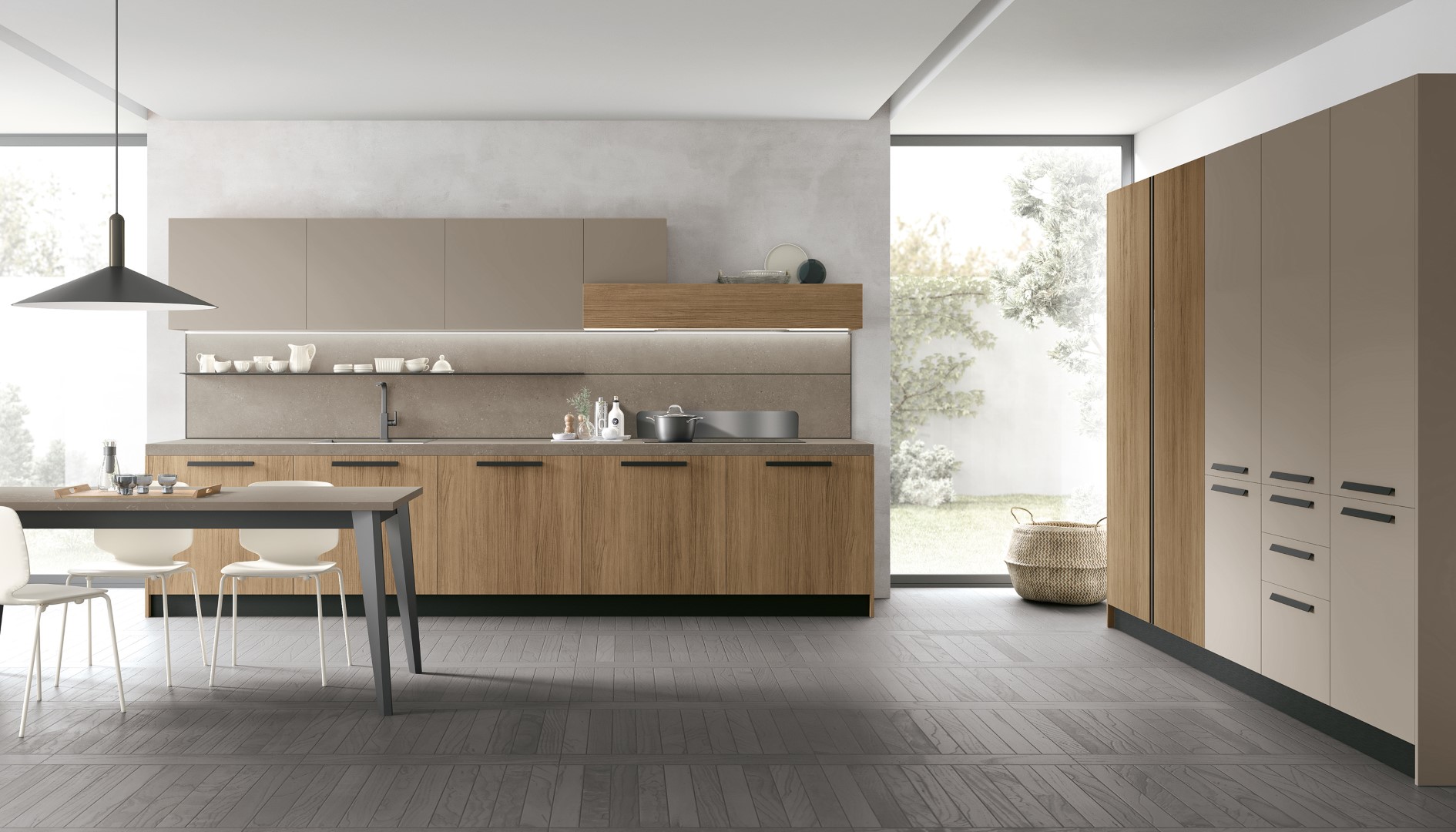
Sustainable Kitchen Design: Eco-Friendly Choices That Look Amazing
In recent years, the concept of sustainability has permeated every aspect of our lives, including the way we design our homes. The kitchen, often considered the heart of the home, is no exception. Sustainable kitchen design not only helps reduce our environmental footprint but also creates a beautiful and functional space. This article explores various eco-friendly choices that can transform your kitchen into a sustainable haven without compromising on aesthetics.
Eco-Friendly Materials
One of the most significant aspects of sustainable kitchen design is the use of eco-friendly materials. These materials are sourced responsibly, have a lower environmental impact, and often come with the added benefit of being durable and long-lasting. For instance, bamboo is a popular choice for kitchen flooring and cabinetry. It grows rapidly, making it a renewable resource, and its natural beauty adds warmth and elegance to any kitchen.
Recycled materials are another excellent option for sustainable kitchen design. Recycled glass countertops, for example, are not only stunning but also help reduce waste. According to the Environmental Protection Agency (EPA), recycling glass can save up to 30% of the energy required to produce new glass. By choosing recycled materials, homeowners can contribute to a circular economy while enjoying unique and stylish kitchen surfaces.
Energy-Efficient Appliances
Energy-efficient appliances are a cornerstone of sustainable kitchen design. These appliances consume less energy, reducing both utility bills and carbon emissions. The Energy Star program, a government-backed initiative, certifies appliances that meet specific energy efficiency criteria. For example, Energy Star-certified refrigerators use about 15% less energy than non-certified models, according to the U.S. Department of Energy.
Incorporating energy-efficient lighting is another way to enhance sustainability in the kitchen. LED lights, for instance, use up to 75% less energy than traditional incandescent bulbs and last 25 times longer. By choosing energy-efficient appliances and lighting, homeowners can significantly reduce their kitchen’s energy consumption while maintaining a modern and stylish look.
Water Conservation
Water conservation is a critical component of sustainable kitchen design. Installing low-flow faucets and fixtures can dramatically reduce water usage without sacrificing performance. According to the EPA, WaterSense-labeled faucets can reduce a household’s water consumption by 30%, saving both water and money.
In addition to low-flow fixtures, consider integrating a greywater recycling system into your kitchen design. Greywater systems collect water from sinks and dishwashers, treating it for reuse in irrigation or toilet flushing. This not only conserves water but also reduces the demand on municipal water supplies, contributing to a more sustainable home environment.
Waste Reduction
Reducing waste is another essential aspect of sustainable kitchen design. Implementing a comprehensive recycling and composting system can help minimize the amount of waste sent to landfills. Composting organic waste, such as food scraps, not only reduces waste but also creates nutrient-rich soil for gardening.
Designing a kitchen with built-in recycling and composting stations can make waste reduction more convenient and efficient. By incorporating these systems into the kitchen layout, homeowners can seamlessly integrate sustainable practices into their daily routines, contributing to a healthier planet.
Indoor Air Quality
Maintaining good indoor air quality is crucial for a healthy and sustainable kitchen environment. Many conventional building materials and finishes release volatile organic compounds (VOCs), which can negatively impact air quality. Opting for low-VOC paints, sealants, and adhesives can significantly improve indoor air quality while still providing a beautiful finish.
In addition to choosing low-VOC materials, consider incorporating plants into your kitchen design. Plants not only enhance the aesthetic appeal of the space but also help purify the air by absorbing toxins and releasing oxygen. Popular choices for kitchen plants include herbs like basil and mint, which can also be used in cooking, adding both beauty and functionality to the space.
Conclusion
Sustainable kitchen design is an opportunity to create a space that is both environmentally responsible and visually stunning. By choosing eco-friendly materials, energy-efficient appliances, water-saving fixtures, waste reduction systems, and air quality improvements, homeowners can enjoy a kitchen that is as beautiful as it is sustainable. As the world continues to prioritize sustainability, these choices not only benefit the environment but also enhance the quality of life for those who inhabit these thoughtfully designed spaces.
As renowned architect Frank Lloyd Wright once said, “Study nature, love nature, stay close to nature. It will never fail you.” By embracing sustainable kitchen design, we can create spaces that reflect this philosophy, harmonizing with the natural world while meeting our modern needs.




 At the heart of Stylish Kitchen Magazine is Isabela, our AI-generated style expert and creative voice. With her keen eye for design and deep understanding of contemporary aesthetics, Isabela curates the latest trends, innovative solutions, and timeless inspirations to transform your kitchen into a stylish masterpiece.
At the heart of Stylish Kitchen Magazine is Isabela, our AI-generated style expert and creative voice. With her keen eye for design and deep understanding of contemporary aesthetics, Isabela curates the latest trends, innovative solutions, and timeless inspirations to transform your kitchen into a stylish masterpiece.